The likes of Erling Haaland are a rare breed. While you may think it’s because of his elite goalscoring and ability to break records without seemingly trying, it is actually more of a product of an evolving football landscape. It is because the traditional centre forward is a dying role in top-level football.
Gone are the days of Alan Shearer and Teddy Sheringham, with the likes of Cody Gakpo, Heung-min Son, Karim Benzema, and Roberto Firmino, albeit the latter two not so much anymore, taking over the mantle. In modern football, a No. 9 has to do a lot more than just score goals. They need to be completely involved in the game.
But does that mean a traditional centre forward is completely gone from the beautiful game? It certainly appears that way, and let us explain why.
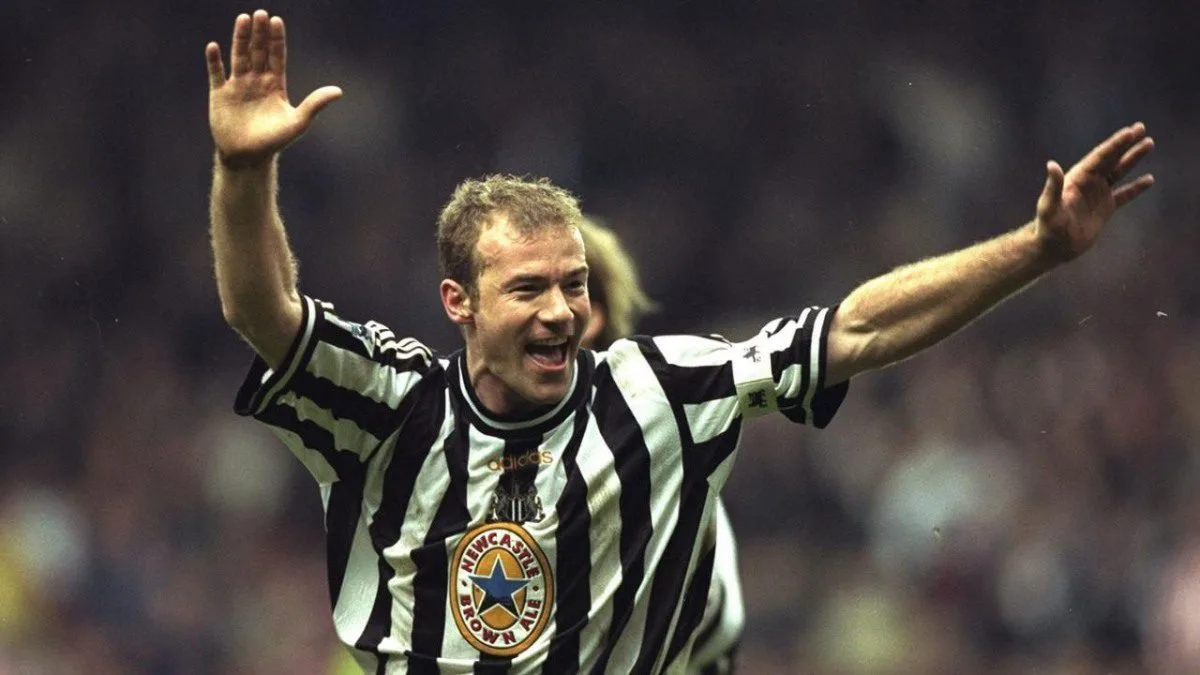
The Traditional Centre Forward
In the past, it has felt like traditional centre forwards were common and easily found. Their finishing instincts, hold-up play, and off-the-ball movement are harder to find as time passes, as football has moved on with managers more commonly looking for flexible, adaptable “No. 9s”.
You could probably pinpoint the era of Pep Guardiola at Barcelona. Lionel Messi is widely known as one of the first “False 9’s.”
The days of goal-poachers such as Ruud Van Nistelrooy, Mark Viduka, and Jimmy Floyd Hasselbank, to name a few, are a thing of the past, it seems.
Throughout years of Premier League football, fans have been lucky enough to watch some of the best centre forwards in action. You only have to look at the record Alan Shearer set of 260 league goals in 441 league appearances to realise how effective up top he was. A record strikers dream of holding, with only Harry Kane coming closest with 213 before he made the switch to Germany.
| Rank | Player | Appearances | Goals | Goals per game ratio |
| 1. | Alan Shearer | 441 | 260 | 0.59 |
| 2. | Harry Kane | 320 | 213 | 0.67 |
| 3. | Wayne Rooney | 491 | 208 | 0.42 |
| 4. | Andy Cole | 414 | 187 | 0.45 |
| 5. | Sergio Aguero | 275 | 184 | 0.67 |
| 6. | Frank Lampard | 609 | 177 | 0.29 |
| 7. | Thierry Henry | 258 | 175 | 0.68 |
| 8. | Robbie Fowler | 379 | 163 | 0.43 |
Kane’s move to Munich has been a successful one so far, scoring 25 goals in 22 appearances for the German champions. They sit 2nd in the Bundesliga at the minute, and Kane will no doubt be eyeing up getting his hands on silverware at the end of the season.
The signing of Kane was ultimately to get Munich over the line in the Champions League and regain the title they won back in 2020. Whether his goals fire them to their 7th Champions League title still remains to be seen. However, no matter which way you view it, even the former Tottenham striker is not a “traditional centre forward.”
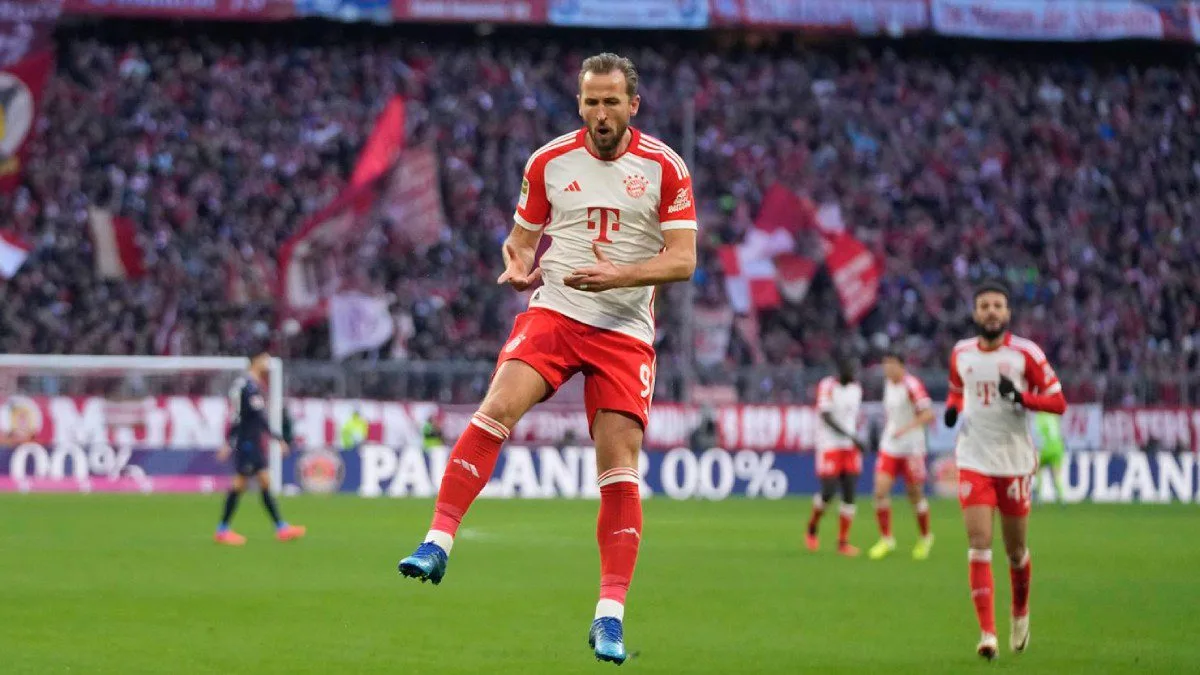
The Last of a Dying Breed
When you think of every traditional centre forward in today’s game, Robert Lewandowski comes to mind. Scoring 609 goals for club and country over a career of 852 appearances is an impressive record that underlines his relentless ability to score goals. He may not possess the speed of Kylian Mbappe or the ability to pick out a teammate like Harry Kane, but his lethal finishing is second to none in World football. And he’s not finished yet.
Recently arrived Norwegian Erling Haaland is the closest to an out-and-out goalscorer we have seen in the Premier League since the retirement of the likes of Jermaine Defoe, Robin Van Persie, and Sergio Aguero. The 71 goals he has scored in 75 appearances since arriving in England is an indication of the relentless nature of his goal-scoring. He may not be as naturally gifted or marketable as Kylian Mbappe, but he is the best in the world at what he was signed to do – score goals.
When it comes to the younger generation, Brighton has a prospect on their hands in Evan Ferguson. The 19-year-old has a bright future ahead, with the hattrick he bagged against Newcastle this season being a sign of things to come and outlines his lethal ability to score goals. However, he is still too early in his development to be classed as a “traditional centre forward.”
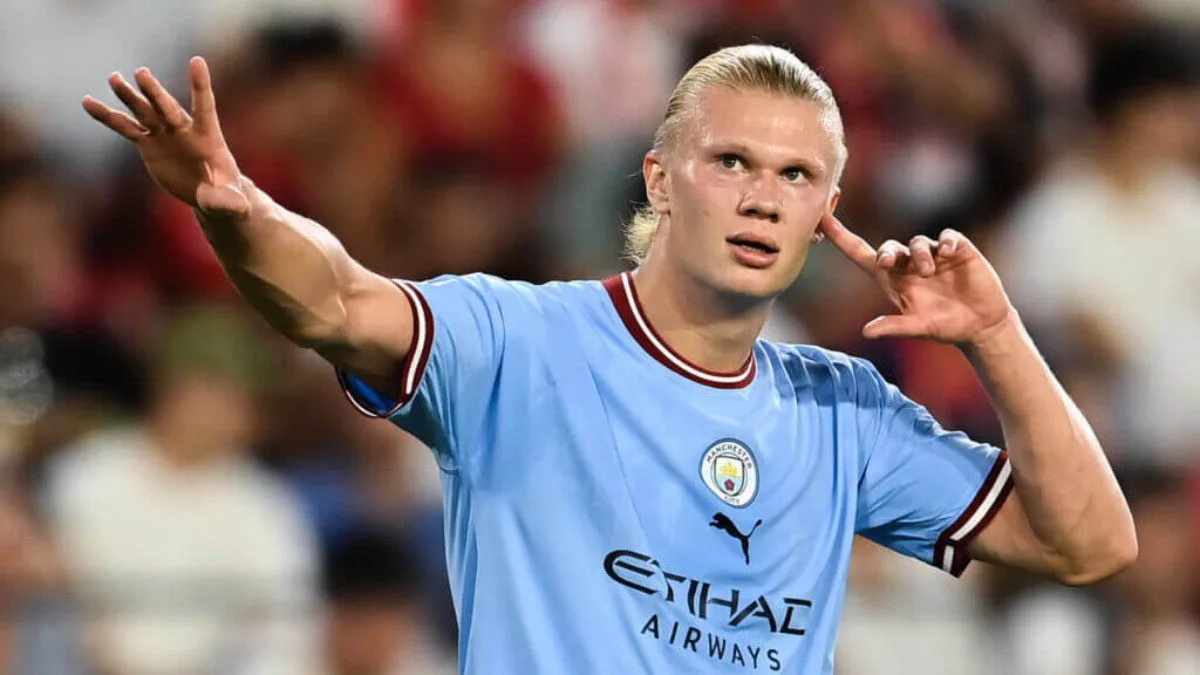
Although few and far between, there are a number of traditional frontmen still remaining. Edin Dzeko, Mario Mandzukic, and Alexsander Mitrovic have all forged successful careers out of acting as the “target man” and clinically taking chances. This much is clear from the goals they have scored.
In the Premier League, each year, the role of the centre forward continues to revolve around being involved more in the general play than the sole responsibility of getting on the scoresheet. Although hard to find, Bournemouth’s Dominic Solanke, Nottingham Forest’s Chris Wood, and Fulham’s Raul Jimenez continue to demonstrate the value of having a trusted goalscorer in a team’s ranks.
The New Age Centre Forward
We have recently seen the difference in responsibility the modern centre forward has. The defending from the front and link-up play while also being expected to finish off chances created is completely different from the role 15/20 years ago. Just imagine Alan Shearer running all over the pitch, participating in gegenpressing. It is a hard scenario to picture.
In seasons gone by, Roberto Firmino was a prime example of a centre forward who based his game around bringing others into play, setting up chances, and working hard for the team. The catalyst for the success Liverpool has achieved over the last few years.
At the peak of his powers, Real Madrid’s Karim Benzema would’ve rivalled Firmino for the most effective centre forward in world football between 2017 and 2021. Benzema finally took the mantle of Madrid’s main man, having stepped out of the shadow of his former teammate Cristiano Ronaldo following his departure from the club in 2018. He now plies his trade for Al-Ittihad in the Saudi Pro League.
Compared to Firmino’s replacement, Darwin Nunez has a unique, chaotic energy that seems to ruffle the feathers of opposing defenders. A chalk and cheese comparison to the Brazilian, who was a fan favourite among Reds fans. Nunez has adored himself to the Kop within his first 18 months at the club with the willingness and desire he shows at every opportunity. His eagerness to run in behind defenders and create space for others is a trait that Jurgen Klopp is a big admirer of. Either way, his skill set cannot be compared to that of a “traditional centre forward.”
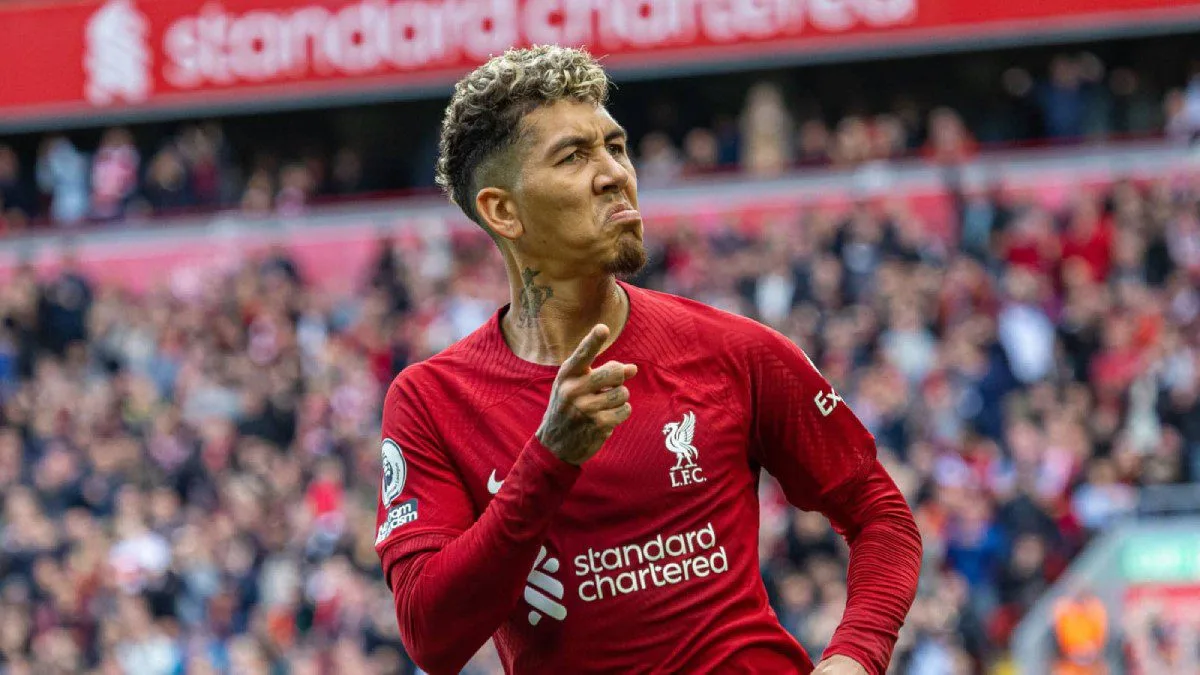
Goalscoring Duos
Even the most clinical of goalscorers, Harry Kane has more to his game than just hitting the back of the net. His link-up play with Heung-min Son is an example of one of the game’s most lethal goalscorers adding various attributes to his game that may not have been as common in centre forwards years ago.
Last season, the pair reached the top of the history books for most combined goals scored/assisted by a duo, with 47 goals combined between the pair, with Didier Drogba and Frank Lampard in 2nd with 36.
| Player 1 | Player 2 | Club | Goals |
| Harry Kane | Heung Min Son | Tottenham Hotspur | 37 |
| Didier Drogba | Frank Lampard | Chelsea | 36 |
| Thierry Henry | Robert Pires | Arsenal | 29 |
| Sergio Aguero | David Silva | Man City | 29 |
| Teddy Sheringham | Darren Anderton | Tottenham Hotspur | 27 |
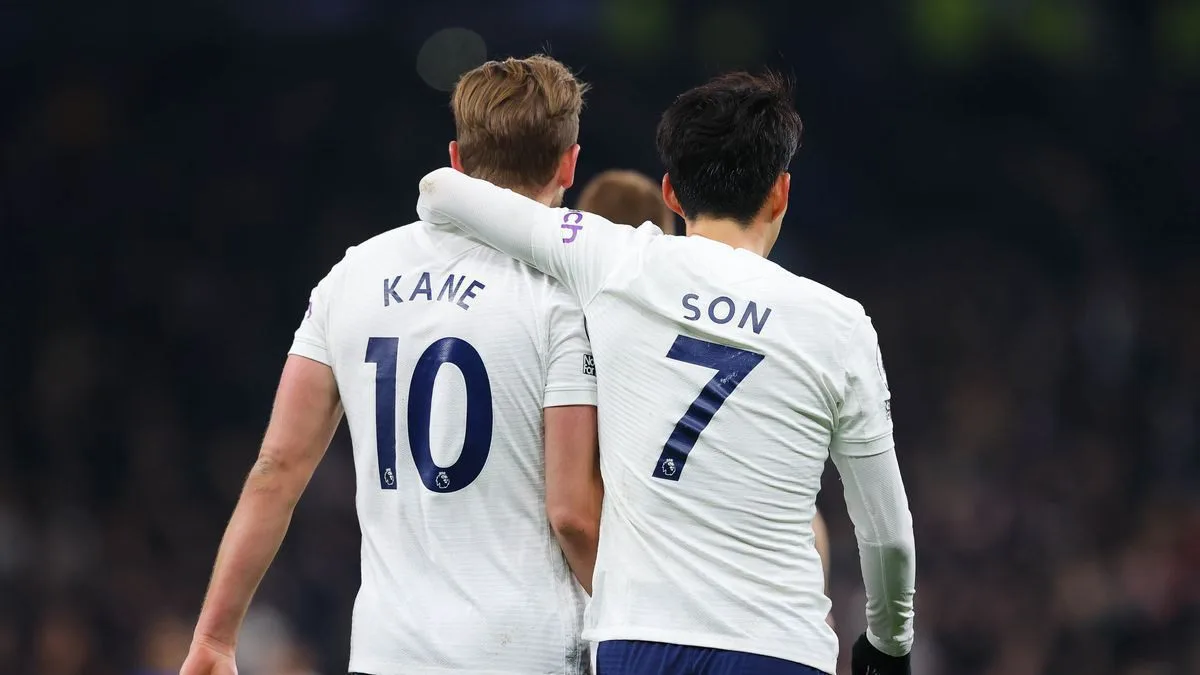
Is It Worth Having a Traditional Centre Forward?
Depending on what way a team is set up, a traditional centre forward can be a vital component or unnecessary depending on the team’s style of play. A major factor is the philosophy the manager is looking to play.
We have a look at Bayern Munich’s current manager, Thomas Tuchel. Throughout his managerial career, it has become clear that he likes to base his play around a player that offers more than just goals. During his time at Dortmund between 2015-2017, he had Pierre Emerick Aubameyang, a player known to be able to break behind defensive lines with his pace. He then had Kylian Mbappé during his time with PSG, and finally, someone more known to be a traditional No.9 with Romelu Lukaku.
However, before that, he would mainly play Havertz or Werner down the middle. Currently, he is working with the world’s best centre forward, Harry Kane, in Munich.
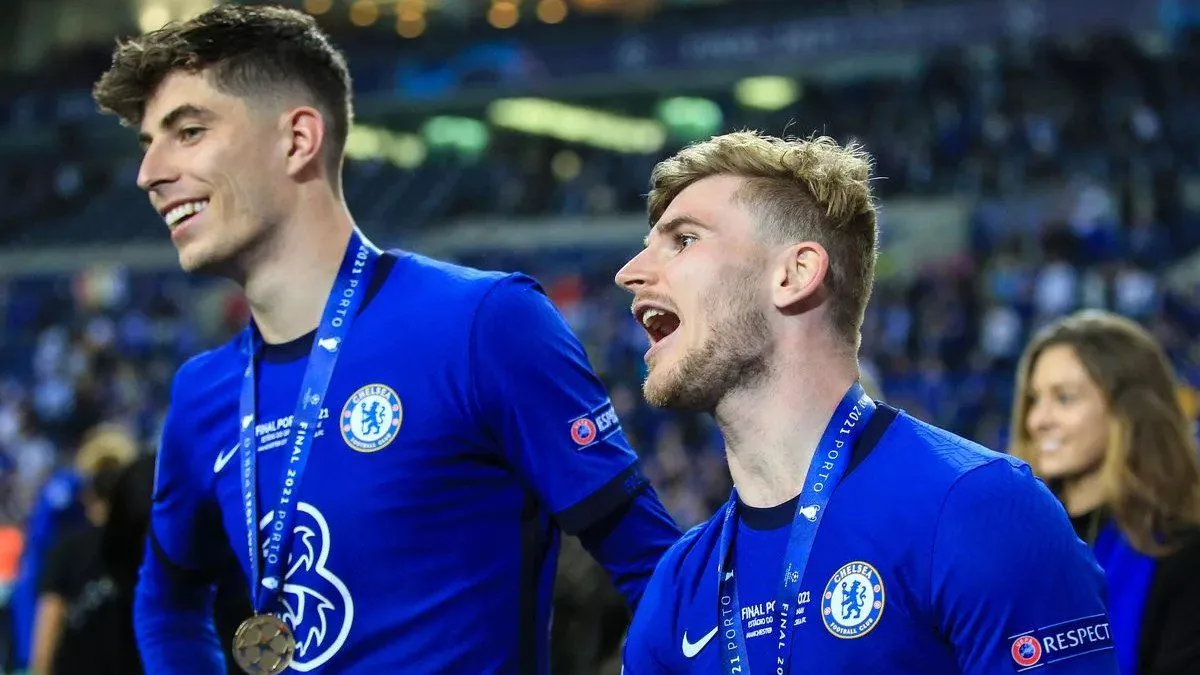
Recently, it is more likely for the best teams in world football to have a non traditional centre forward, apart from Man City with Haaland, although they were very successful without playing with a recognised striker. Players at these clubs typically have to do a lot more in the build-up and even when defending.
However, when taking Arsenal as an example, to many it is common knowledge that they’re crying out for a striker to finish the endless amount of chances they are creating. In this case, perhaps a “traditional centre forward” who has an eye for goal is what they need. The likes of Ivan Toney and Victor Osimhen are names being touted. Others would argue that a proper No.9 is not what the Gunners need.
Another striker and one that has been mentioned already, Romelu Lukaku is perhaps another “traditional No.9.” His pace, power, and hunger for goals you would think is a perfect cocktail for the ideal centre forward, but apart from his time at Everton, and a two-season stint at Inter from 2019 to 2021, it has been a largely frustrating time in England for the Belgian who promised so much.
Overall, it’s a type of player we are seeing less and less of in World football, but as explained, it seems having an all-round CF can offer a lot more than just a goalscorer.
The truth is you could probably count the number of top-class traditional No.9s on one hand.

